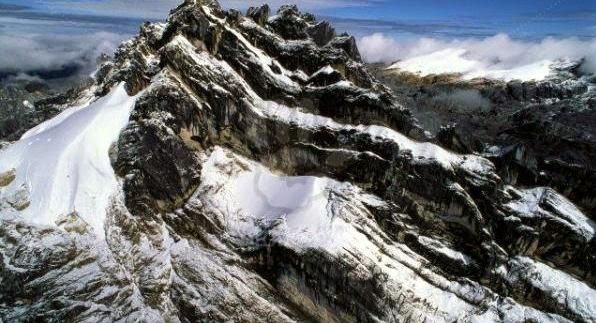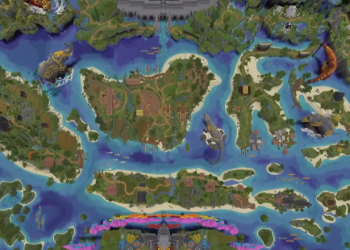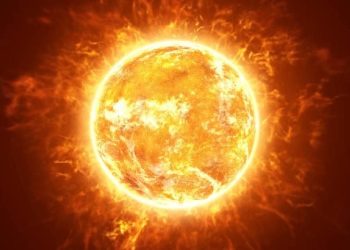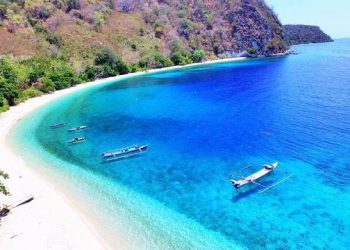Jakarta, Indonesia Sentinel — The glaciers in Papua’s Jayawijaya Mountains, an emblem of Indonesia’s high-altitude ice formations, are rapidly melting. According to the Indonesian Meteorological, Climatological, and Geophysical Agency (BMKG), the ice thickness has dwindled to an estimated four meters, underscoring the alarming impact of global warming.
Donaldi Sukma Permana, BMKG’s Coordinator for Climatology Instrument Standardization, revealed that this figure was based on measurements using stakes planted at Sudirman Peak in the Jayawijaya range. “The most recent data shows that 14 stakes are now exposed, indicating the glacier thickness has been reduced to around four meters,” Permana said, citing a report by state news agency Antara.
This represents a significant reduction from previous measurements. In 2010, the ice thickness was recorded at 32 meters, while during the El Niño period between November 2015 and May 2016, it had already decreased to 5.6 meters.
November Survey Highlights Accelerated Ice Loss
A November 2024 survey revealed an equally alarming decline in the glacier’s surface area at Sudirman Peak. The ice field now covers only 0.11–0.16 square kilometers, a drastic reduction from 0.23 square kilometers in 2022.
The joint survey, conducted by BMKG and PT Freeport Indonesia, faced challenges due to thinning ice and unpredictable weather patterns. While earlier surveys—beginning in 2010—utilized helicopters and ground tracking for measurements, since 2017, teams have relied on visual image analysis and stake observations to gauge ice thickness.
“Despite the challenges, we remain committed to documenting these glaciers, even as preserving them becomes increasingly impossible,” Permana added.
A Stark Reminder of Climate Change
The shrinking glaciers in Papua are a clear indication of the broader climate crisis. According to BMKG’s Greenhouse Gas Information Division, global temperatures have already risen by 1.45°C above pre-industrial levels, with Indonesia experiencing an average increase of 0.15°C per decade.
“Moana 2” Leads Box Office Comeback with Record-Breaking International Opening
Albert C. Nahas, BMKG’s Coordinator for the Greenhouse Gas Information Subdivision, highlighted the regions most affected by this warming trend, including Kalimantan, northern and southern Sumatra, Jakarta and surrounding areas, the Papua Highlands, and parts of Sulawesi.
“If we project the historical rate of temperature increase—0.15°C per decade—Indonesia will surpass the critical 1.5°C threshold for climate mitigation and adaptation by the mid-21st century,” Nahas warned.
The rapid ice loss in Mount Jayawijaya glaciers serves as an alarm of the climate emergency facing the planet particularly Indonesia. As glaciers melt and temperatures rise, urgent action is needed to mitigate global warming and adapt to its consequences.
(Raidi/Agung)

























